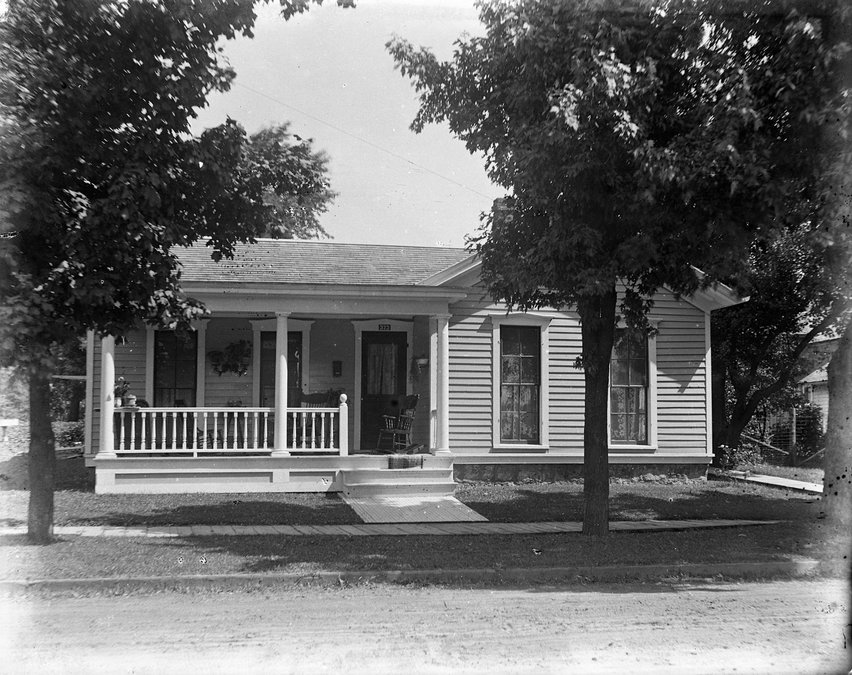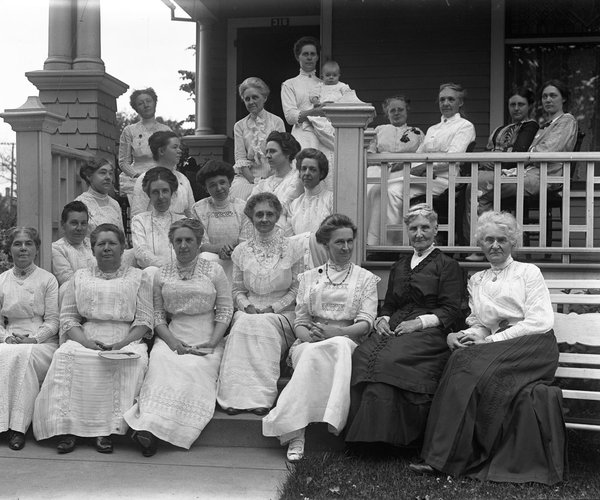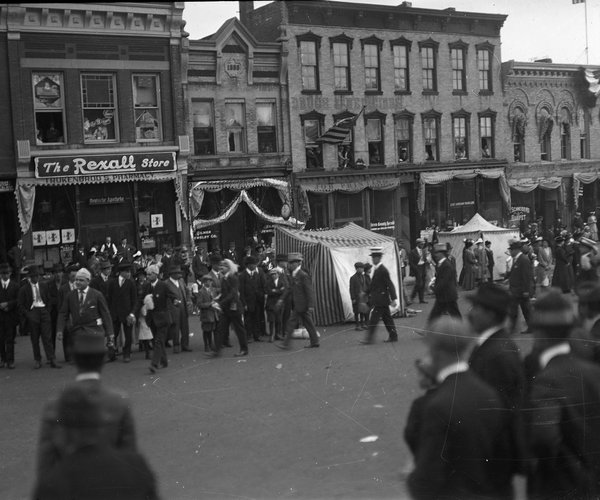If we pay attention to the local media, there is and has been for several years, a shortage of housing in Monroe. I am amazed every time that I hear this because there are so many more houses in Monroe than there were 65 years ago; we only have about 2,000 more people than we did then. Would you believe that a housing shortage in Monroe is not new to our time?
An article in the March 14, 1866 Monroe Sentinel said, “We need two hundred good dwelling, houses here,” but then asked, “Who will build them?” It went on to say, “It is true, we have the men and the means to build them, but we fear that our citizens do not yet realize the importance of supplying the demand for houses, and consequently the village is crippled in its growth and all its material interest. The short-sighted policy of our capitalists is driving families away from Monroe, and preventing others from coming here. We hope to see great activity in the building department this spring - a perfect run on the lumber yards.”
The headline for an article in the Monroe Evening Times on January 29, 1909 said, “Big Demand for Houses.” A local realtor added, “People who are looking for houses to rent in Monroe are finding it a mighty hard proposition.” He added that it had always been a difficult matter to rent desirable houses in the city. Most of the houses with modern conveniences were owned at that time by people who were living in them. Someone who had searched the city found that the prices were high with “little inducement to buy.” It was added, “Many good houses have been built in the city in recent years, and the demand for houses may result in more extended building operations, the coming season.” Realtors were optimistic for the future and they asserted “that the city is bound to grow much larger in the next few years.” The population of the city was 4,410 in 1910 and had only grown to 6,192 thirty years later.
A similar article appeared the following year on March 14, which said that there was “no end of houses for sale.” The property values were increasing quickly so that there were “few houses to be bought at really attractive figures.” The Times had included an ad the previous week for a house to rent that received 20 inquiries. “Many farmers who have planned to move to the city have bought lots here and are making plans to build instead of buying houses.” Builders estimated that at least 40 new houses would go up during the summer. Dr. Caradine planned to build three and William. A. Becker planned to build at least two.
It was printed on January 24, 1920 that “Monroe’s housing situation is more acute today than ever before in the history of the city.” At that time one realtor had applications from seven families to rent a house, but there were no houses to rent. Each of those families had to move on March 1 because the home they lived in was being sold. The editor suggested that Monroe needed apartments, which were “almost a minus quantity in Monroe.”
The editor stated, “If Monroe is going to grow, if we are going to encourage young people to stay here and not go to other cities,” it is up to the community to provide suitable dwelling places. He proposed to organize a housing corporation to erect “one, two or three apartment houses, depending on the location, demand for flats and so on.” He suggested building two large apartment houses containing a dozen 4-room apartments, six 5-room apartments, and six 6-room apartments with a central steam heating plant. He felt that would benefit Monroe “as much as anything that has been proposed for some time.”
City assessor O. H. Atherton shared on August 4, 1920 that there were 1,358 occupied houses in Monroe, with no others being unoccupied. Since June 1919, there had been seven new brick houses and six frame houses built. There were also nine brick houses and two frame houses under construction at that time. An additional 12 old houses had been remodeled “at an expense of $500 or more” and six more had been moved from one location to another.
I am also sharing excerpts from a clipping from an article in the June 9, 1924 Times that may make you smile. Two out-of-work men, who had “fired up and made themselves at home in the Illinois Central stockyards shanty,” had been evicted by Chief of Police Norville Mackey the day before. “He guided the men to the county lock up and this morning they were told to depart from the city.”
Since moving back to Monroe in 2004, I’ve been surprised to hear that there is still a shortage of homes in the area. Monroe had a population of 8,050 in 1960 and, according to the internet, has a population of 10,305 in 2025. Much housing has been added since 1960, including the subdivisions west of Twining Park near Parkside School, Park Place north of Twining Park, northeast of the current hospital/clinic, many duplexes and apartment buildings north of Piggly Wiggly, and the subdivisions near Leisure Lanes. It seemed that these homes should easily have been able to house the added population.
However, I recently realized that there are many single family homes in my neighborhood that house only one or two people. For instance, only 31 people live in the 17 houses between 801 and 945 2nd Street. If this is indicative of other parts of Monroe, which I believe it is, it is understandable why there is a housing shortage even though there has been so much housing built in the last six decades!
— Matt Figi is a Monroe resident and a local historian. His column will appear periodically on Saturdays in the Times. He can be reached at mfigi48@tds.net or at 608-325-6503.





